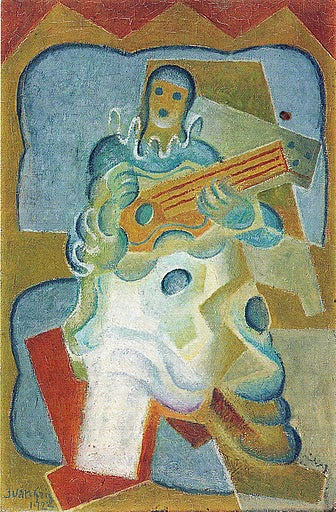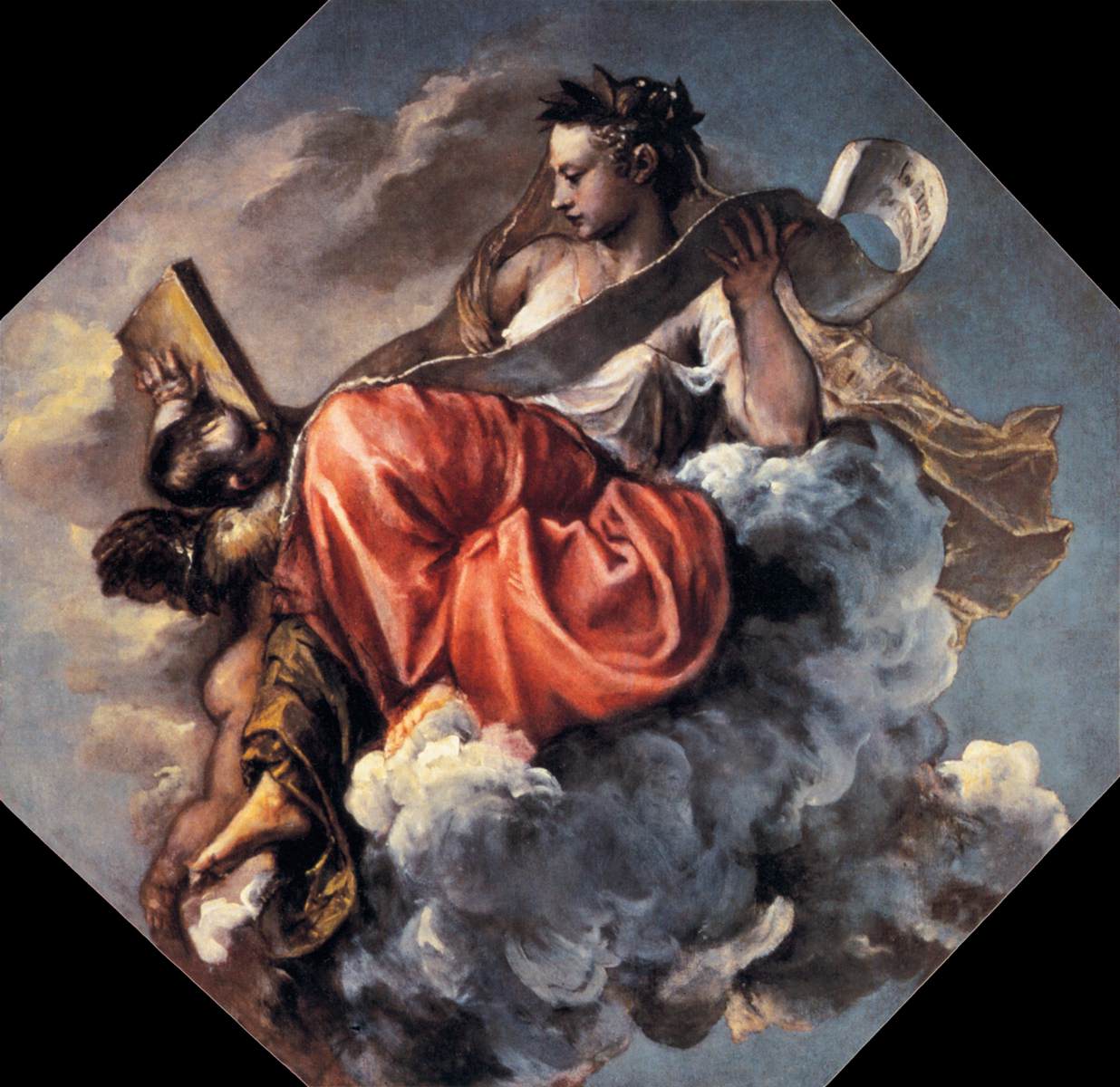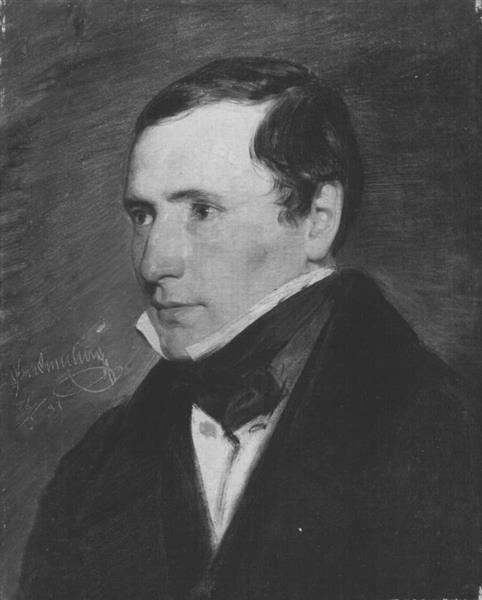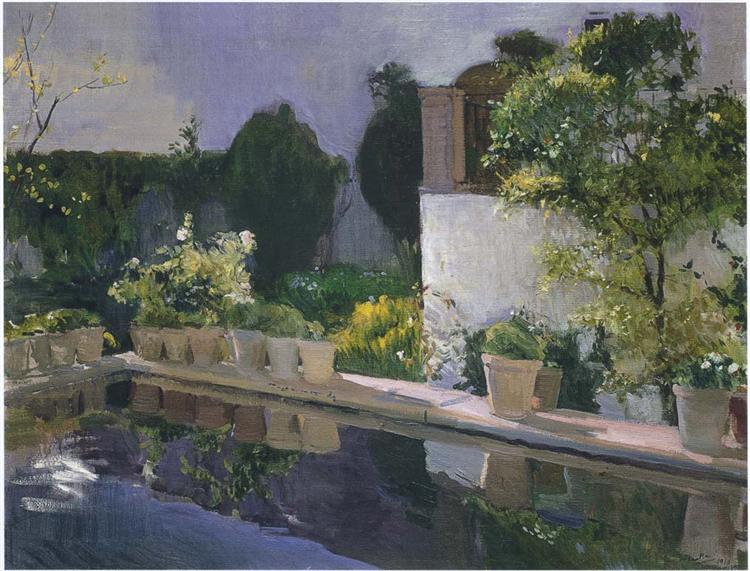Description
The work "Improvisation 12 (Rider)" by Wassily Kandinsky, created in 1910, is an emblematic piece of the abstract expressionist movement, a style that Kandinsky himself helped define and develop throughout his career. This painting, which is located in one of the most innovative periods of the artist, reveals emotional depths through a composition that defies the conventions of object representation.
When observing the work, a dynamic enveloping is evidenced in which color and shape play preponderant papers. Kandinsky uses a vibrant repertoire of blue, yellow, red and black tones that are intertwined in an intense chromatic symphony. Through the use of color, the artist seeks to evoke subjective feelings and experiences, very in line with his interest in synesthesia, where colors are associated with sounds and emotions. The choice of a rich and contrasting palette not only attracts the viewer's attention, but also causes an emotional response that can vary from one person to another.
The composition shows the central figure of a rider that seems to emerge from an almost mystical chaos. Although its form is not defined in traditional terms, the rider's silhouette is suggested through a series of curvilinear and abstract lines that evoke movement and energy. This ambiguity is a distinctive characteristic of Kandinsky's work, who often preferred symbolic representation above literalness. In this context, the rider can be interpreted as a symbol of freedom or a transformation agent, an echo of the search for the human being for transcending his own reality.
The background of the paint seems to be composed of a mixture of abstract forms that unfold in a dynamic space. The energetic lines and gestural strokes contribute to creating a sense of movement, of a constant change. These elements evoke the idea of improvisation, a concept that Kandinsky formulated in his theoretical work and that manifests itself in the way the artist let his emotions flow on the canvas. This visual improvisation reflects the internal process of the creator and his spontaneous thoughts, resulting in a work that feels alive and evolving.
The relationship between the figure of the rider and the surrounding environment is of interdependence, where both elements seem to interact in a constant dialogue. This interconnection is essential to understand Kandinsky's approach to art, in which the form and content are intimately linked. As a pioneer of abstract art, his intention was not simply to represent visible reality, but to express an inner world full of meanings and sensations. The work "Improvisation 12" encapsulates this search, where each visual element has the ability to transcend its literal meaning to become a representation of human experience.
It is relevant to point out that, as of 1910, Kandinsky entered more in pure abstraction, moving away from the figurative themes towards an artistic language that privileged emotional expression and the use of geometry. "Improvisation 12 (rider)" is inserted in this movement towards the dematerialization of reality, and its legacy lasts not only as an individual work, but as a milestone in the development of modern art. With its innovative fusion of color, shape and emotion, Kandinsky remains a reference figure, whose works invite the viewer to explore a universe where the vision is on a sensory and spiritual plane.
KUADROS ©, a famous paint on your wall.
Hand-made oil painting reproductions, with the quality of professional artists and the distinctive seal of KUADROS ©.
Art reproduction service with satisfaction guarantee. If you are not completely satisfied with the replica of your painting, we refund your money 100%.











